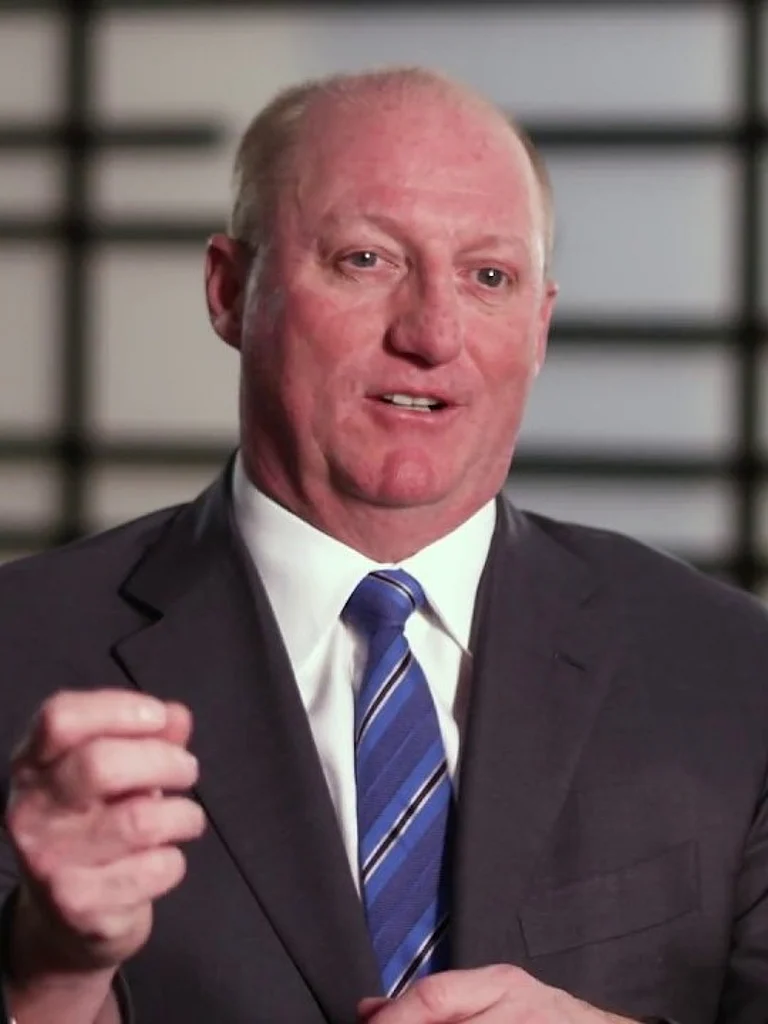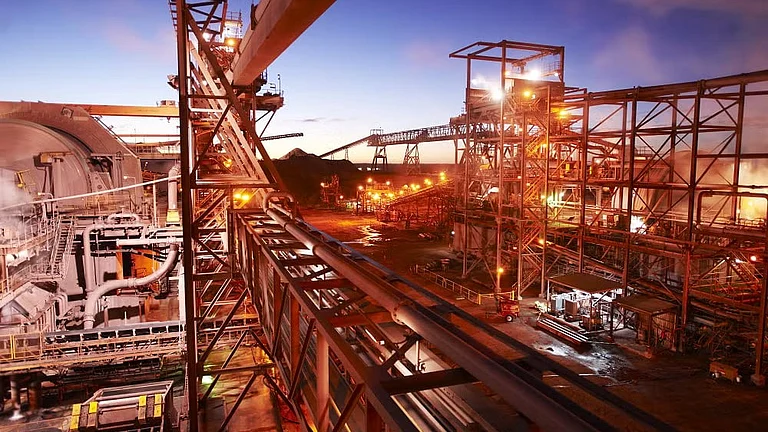The recently announced RBI policy was refreshingly bold and set a clear path forward for the economy. The six-member Monetary Policy Committee (MPC) on Thursday decided to keep its short-term lending rate like the repo rate, unchanged at 5.15 per cent in its sixth bi-monthly policy review of the ongoing financial year. However, the biggest takeaway from the meet was how the RBI has expanded its tool kit to encourage transmission. The RBI’s focus on growth and willingness to resort to unconventional steps to cap any up move in yields has widely been lauded by market and industry participants.
The RBI maintained its accommodative stance to support growth and said there is policy space available for future actions. However, at the same time, the central bank projected that the growth-inflation dynamics are likely to worsen. Real GDP growth forecast for 1HFY21 was revised downwards by 30-40bps to 5.5-6.0 per cent YY. Concurrently, the RBI has highlighted that the inflation “outlook remains highly uncertain”, revising its inflation projections upwards by 180bps for 4QFY20 (6.5 per cent) and 120-140bps for 1HFY21 (5.4-5.0 per cent).
The RBI continues to focus on introducing changes in the liquidity management framework in an attempt to ensure better monetary policy transmission. Steps in that direction include:
A 14-day term repo/reverse repo operation would now be the main liquidity management tool rather than daily repos
To provide durable liquidity at a committed low cost, the RBI will be offering 1-year and 3-year term repos worth Rs 1 trillion at the policy repo rate (5.15 per cent)
The RBI also provided some relief to the troubled sectors through changes in macro prudential norms with a focus on incentivising credit flow in the economy.
Bank’s will now be exempt from CRR requirement on incremental loans to MSMEs, autos and residential housing for a period till July 31, 2020
Delaying in classification of commercial real estate loans as NPAs by one year and extending the restructuring of stressed MSMEs loans
The economic landscape is highly constrained due to flagging growth and firm inflation. In such an environment, where room for a policy rate cut is limited, the RBI has quite astutely been able to support growth through unconventional monetary policy measures which is likely to improve both cost and availability of credit. These measures should ideally bridge the transmission gap and spur economic activity. However, it is important to note that any future rate cut can happen only after CPI comes down to around 5 per cent and transmission of past rate cuts becomes more tangible.






























